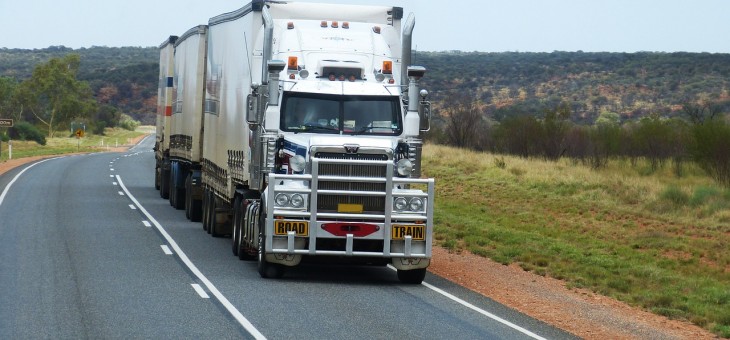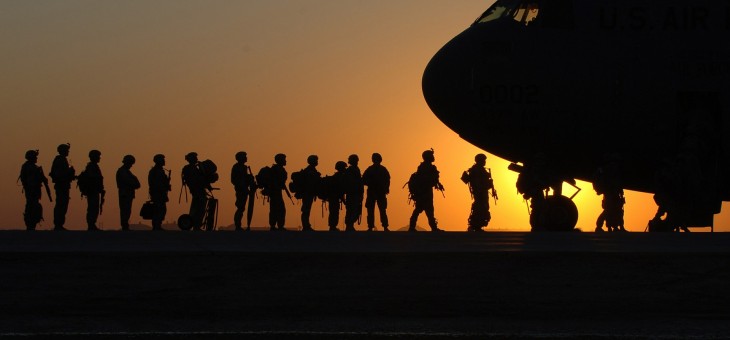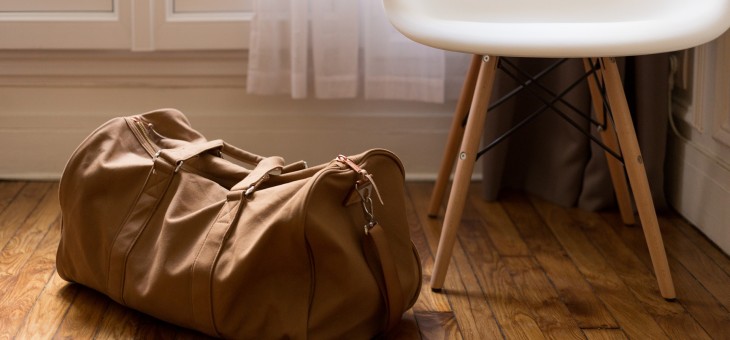How to Pack a Moving Truck for a Long Distance Interstate Move
Packing a moving truck and driving yourself could result in a credit for hundreds of dollars on a military relocation. This is especially true with an interstate move, as it normally requires a larger truck that can accommodate all of your belongings in the same place. However, this doesn’t come without risk. To prevent your furniture and other items from breaking, the truck must be packed strategically. Here are the top tips:
1. Wrap and Pack
Any properly packed moving truck should begin with properly packed boxes. To ensure they are easy to stack and arrange, make sure almost all boxes are the same size. Bed frames, tables, chairs, mirrors, and all other furniture should be covered in plastic wrap or furniture pads, including around the arms and legs and any areas that could easily get scratched.
2. Prepare the Truck
Before anything is placed in the truck, cover the bottom with a tarp to protect the floor. It’s best to have the help of two or three other people when doing this to ensure a tight fit. Alternatively, just sweep out the floor to remove dust, debris or dirt from a previous move.
3. Load Heavy Items
According to movers Phoenix, the heaviest items you have, such as appliances and furniture, should be loaded onto the truck first. A dolly can help you push some items out of the house and onto the truck ramp, although many will require another person to help you lift. Begin at the back of the truck and try to keep an even balance of weight from left to right.
With most heavy and bulky items, you don’t want to stack otherwise you run the risk of damage. Instead, keep the heavy items on the bottom and stack lighter boxes or pieces of furniture on top. When the stack is about to touch the truck’s ceiling, cover it with a packing strap and tighten as securely as possible to keep it all in place.
4. Load Long Items
Next, you’ll want to focus on loading any long pieces of furniture you have. This can include mattresses as well as wall mirrors or even sofas and tables. These should be situated along the side walls of the truck, so they can remain on their side to prevent damage and save space. Furniture that has drawers that can’t be taken off should be taped shut and moved with the drawers facing the wall of the truck.
5. Load the Boxes
The heaviest boxes should always be moved first using a dolly to help prevent physical injury. Lighter boxes should be stacked on top, with a rope or strap secured to keep everything together.
6. Load Fragile Pieces
Fragile belongings or those that don’t adhere to a traditional shape should be loaded next. Strategically place these in areas where they will have maximum protection, such as under furniture legs or inside of empty drawers.
7. Load Non-Breakables
Bags of clothes, large teddy bears, bags of linens, and anything soft should be loaded last and placed into any open areas.
Packing a Moving Truck the Right Way
Before you move your first box outside, plan your packing strategy based on the size of your truck. It’s also important to continuously arrange items as you load to maximize the space available. With this attention to detail, the load should go smoothly, so your belongings are safe during the interstate move.









